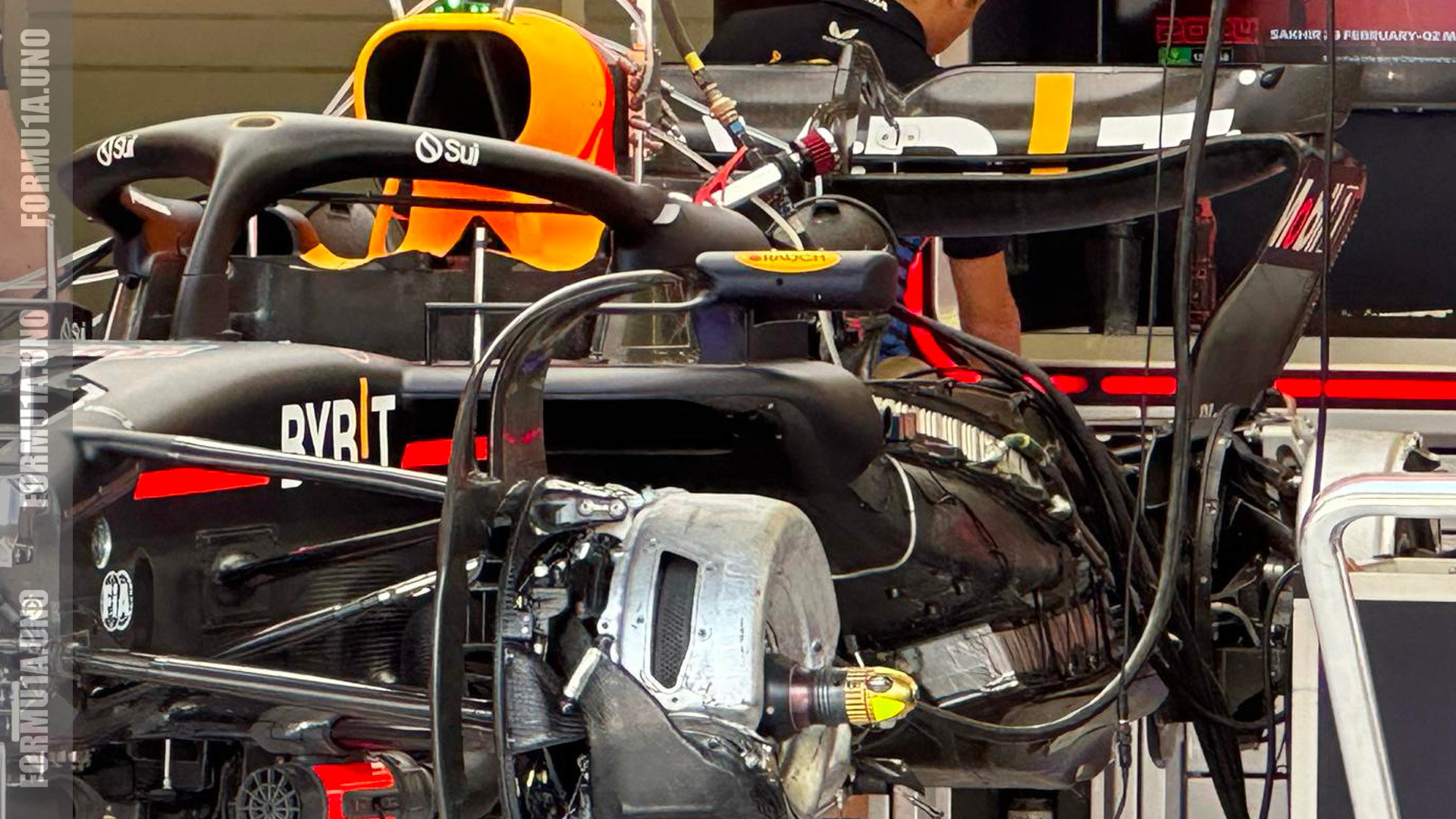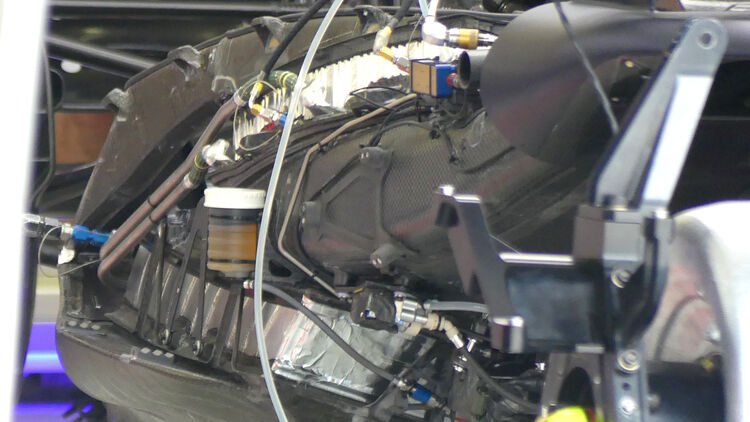Yes, we really dohollus wrote: ↑28 Feb 2024, 13:57Yes, yes, I think we agree on the principles and we are discussing semantics.Andi76 wrote: ↑28 Feb 2024, 12:39hollus wrote: ↑28 Feb 2024, 08:08
That’s not true, its thermal conductivity is as good as for any other air, considering air as substance.
It might be worse for cooling, but only because you will be carrying less of it to the radiator, and then removing it a bit slower.
Your heat conduction is fine, your heat convection is less effective, though, compared to faster, more laminar air.
Wrong? Not really. because it is about the cooling properties of precisely this type of air, which for certain reasons has a poorer thermal conductivity. So, what you are pointing out is exactly what I am actually saying and calling thermal conductivity ---> it dissipates less heat and is therefore bad for cooling, because of its properties. But there is more to consider. The air will not flow faster than the vehicle if the duct is blocked further down the line, which is the case with radiator ducts. It is therefore all the more important that the air flows in quickly where the intake air has a high velocity or high static pressure. If I feed in turbulent air with little energy, it will flow partially or even completely backwards, which is why this air is even less suitable for cooling.
You are an engineer (I am guessing) and think of the radiator first and foremost. Yes, turbulent air is worse at removing heat from it.
I am a chemist, think of the air itself first, and I would like to clarify that it is because of a difference in convection and not in thermal conductivity (a well defined concept with precise definitions).
Non turbulent air gives you more air for removing heat, but not “better” air, just more new air and shorter “contact” times.
In any case it appears that Newey is dead set on using all the best “high energy” air for aero and all the worst “low energy” air for cooling.
Which makes me think, can it be that Red Bull has a locked in advantage in radiator design? Better alloys, narrower passages, exchanger aero flow or similar.?
We’ll know soon if it was the right compromise.
We'll see what Red Bull is doing here. It is possible that Honda has made a significant leap in terms of cooling. Otherwise it is not possible that Red Bull could make such compromises, because it is a fact that with this air, air with lower total pressure (similar to the front wheel wake) gets to the radiators and they can't really work with it. Therefore, I don't believe that the inlets behind the driver's helmet have anything to do with cooling, as this would hardly be present and this would be to the detriment of the CoG. It is much more likely that the aim here is to minimize aerodynamic losses or for internal flow conditioning. At the end of the day, I think too much fuss is made about it anyway. Because if you look closely at the pictures of the probable cooling inlets from certain perspectives, they are not much smaller in total than 2023. But packed in such a way that the undercut could be made "bigger" and better yaw/pitch inertia values could be achieved with only a slight increase in CoG, so that a performance gain was made. And in my opinion, this is a "simple" evolution from 2023, cleverly and well implemented and with good ideas. But in the end, it's simply a clever continuation of what was already partly done in 2023. Just the next logical step. A step, however, that others would have had to think of first (which would probably not have been the case for some or would have lacked the courage to do so).










